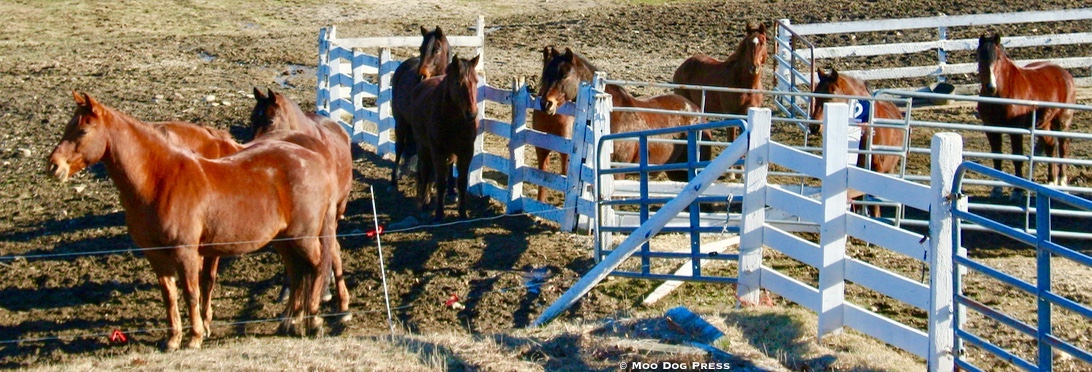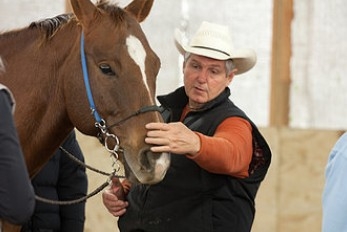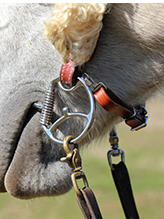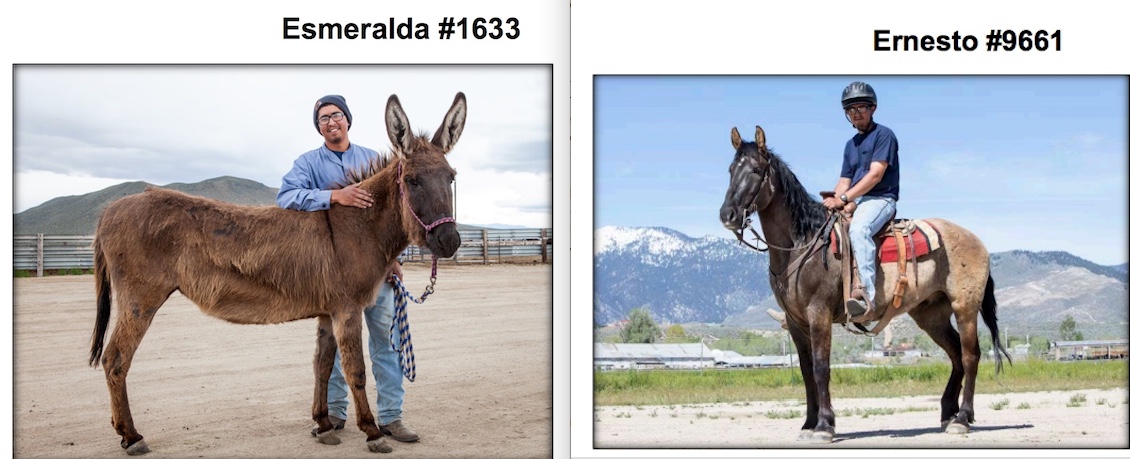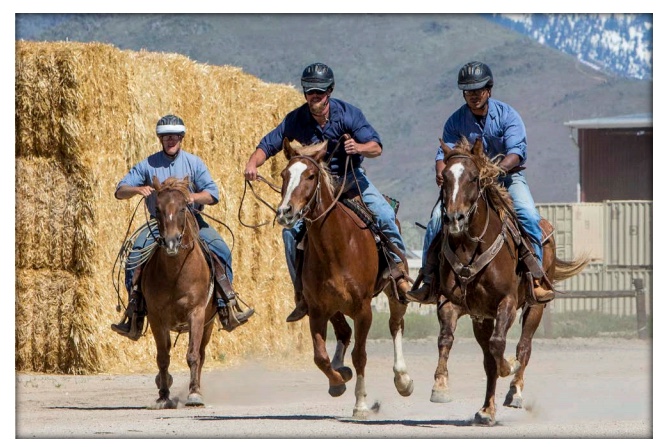Bitting Clinic + Dale Myler: Design, Equine Anatomy and Physiology
“All learning starts in the same place: the mind. Get the mind relaxed and focused, and the rest will follow.” – Dale Myler
Learn from masters about choosing the right bit and more about the many different factors for better communication between horse and rider (or driver) at a special event – Dale Myler seminar/clinic hosted by Myler Bits and Lock, Stock, & Barrel (LSB), Saturday, June 3, 9:30 a.m. to 4 p.m., on site at LSB, 770 Amity Rd., Bethany.
Dale Myler is a world-renowned horseman recognized for his unique approach to bitting horses for tongue relief. Dale Myler and his brothers, Ron and Bob, are third-generation horsemen – and three of the world’s leading bit designers. Seminars and clinics include general bit knowledge and demonstration of how any bit works – in conjunction with the basic principles of equine anatomy and physiology.
Dale has given seminars and clinics in the UK, Netherlands, Sweden, Germany and worked with riders and horses at every level and in all disciplines. For details, call LSB (203) 393-0002.
“The bit is only one part of the whole picture. The bit does not train – people train. Generalizations are dangerous.” – Dale Myler
The creators of Myler Bits, Ron, Dale and Bob Myler, offer a philosophy behind each of their bits that is distilled from experience, observation – and working with top veterinary and equine dentistry professionals.
Video from 2012 about the company and creating the bits, preview.
“The bit is a communication tool, and to effectively communicate with your horse, he must be relaxed. If your horse is resistant, he is not effectively receiving your message and needs a different bit which lets him relax. Based on bitting a horse appropriately through his training, the system works by releasing points of pressure and using softer bits as the horse progresses.”
The engineering and design behind the variations possible – fascinating.
Excerpts from the site: “The curb: The hole behind the headstall hook is for either a quick link, “J” hook or braided curb cord, as you can see on both the English and Western headstall. This attached curb sits higher and allows you to regulate the rotation of the bit inside the horse’s mouth, and gives a very subtle “ask” from another spot for your horse’s response to hand pressure.
“It also helps to stand the bit back up when you soften your reins, thus rewarding your horse. The curb applies very little pressure, as it sits higher than a curb in a regular cheek. It’s designed to sit higher so that it doesn’t pull up and grab and pinch the jaw. The bit stands back up quicker in the horse’s mouth, thus offering a quicker “reward.”
Rein attached to bottom hook: Attaching the rein in the hook allows you to very softly pick up and move the shoulder wherever you want it. If the rein is not attached it will slide up the cheek piece, making it necessary for the rider to apply more bar pressure to make the rein catch and maintain shoulder positions.
“Attaching the rein – keeping it stationary on the cheek – allows you to move the horse’s shoulder easier.”
——————————–
An event for equine-lovers who can haul and are willing to drive is the June 10 BLM sale in Nevada. Preview is 9 to 10 a.m. Bids start at $150 for all offered animals. All trained animals will only be offered for adoption once during the event.
Adopters must meet qualifications to bid.
Note: These are greenbroke equines.
Trailering them and travel back to your barn – facets to consider when viewing these animals. This is an opportunity for the right people with experience in handling horses and being able to respond to many different factors.
The Northern Nevada Correctional Center (NNCC) /Stewart Conservation Camp Saddle Horse and Burro Training Program is a cooperative partnership between the Bureau of Land Management (BLM) and the Nevada Department of Corrections-Silver State Industries.
The NNCC is not only a contract holding facility with a capacity of 1,500 animals, but it also has a training program where they utilize inmates to train wild horses to make available to the public for adoption. Because the facility is a correctional center, it is a closed facility yet does opens to the public three to four times a year during their adoption events.
Through this training program, wild horses and burros are gentled and trained before being adopted. About 60 to 75 wild horses and burros are trained and adopted at the facility each year. Each wild horse or burro receives approximately 120 days of training, but they are still “green-broke.” They will need daily training and handling by an experienced rider when they arrive at their new home.
To be qualified to bid, each potential adopter must fill out an adoption application prior to bidding. All the required fields must be completed and forms brought on the day of the adoption.
Once the adoption application has been reviewed and approved by a BLM staff person, potential buyers will be issued a bidder card and be eligible to bid.
Adoption sponsored by Nevada Department of Corrections – Silver State Industries, Bureau of Land Management – Wild Horse and Burro Program.

